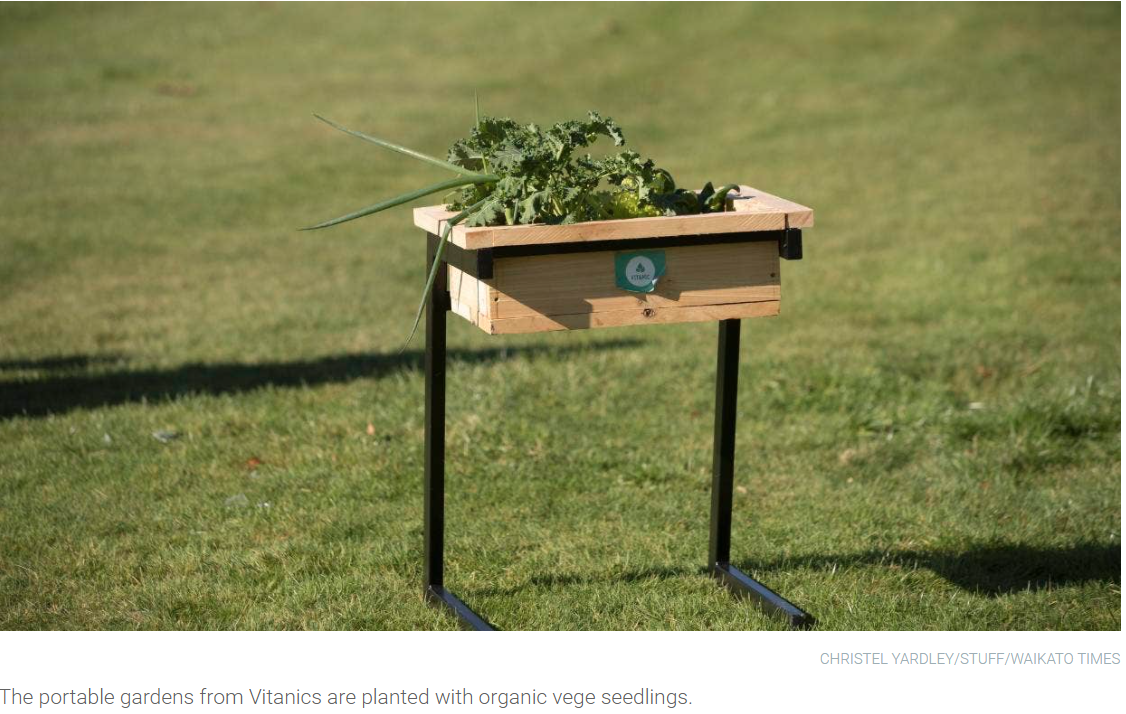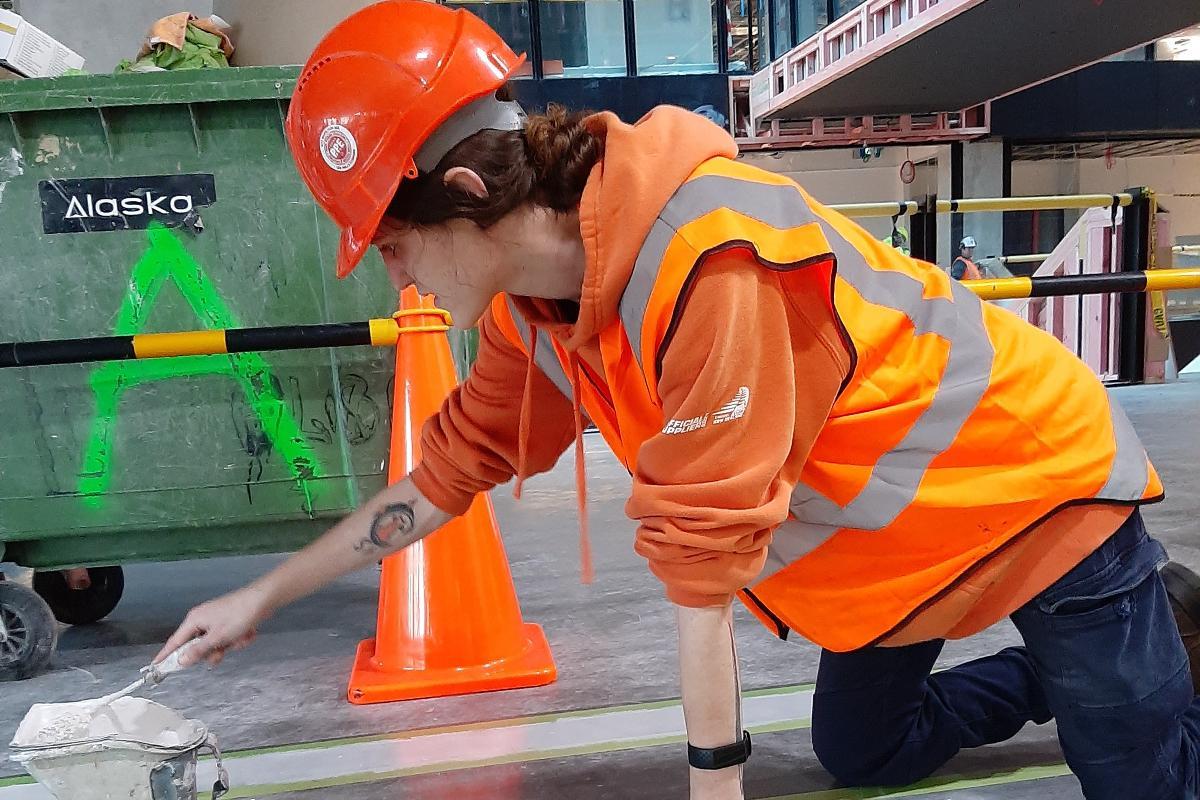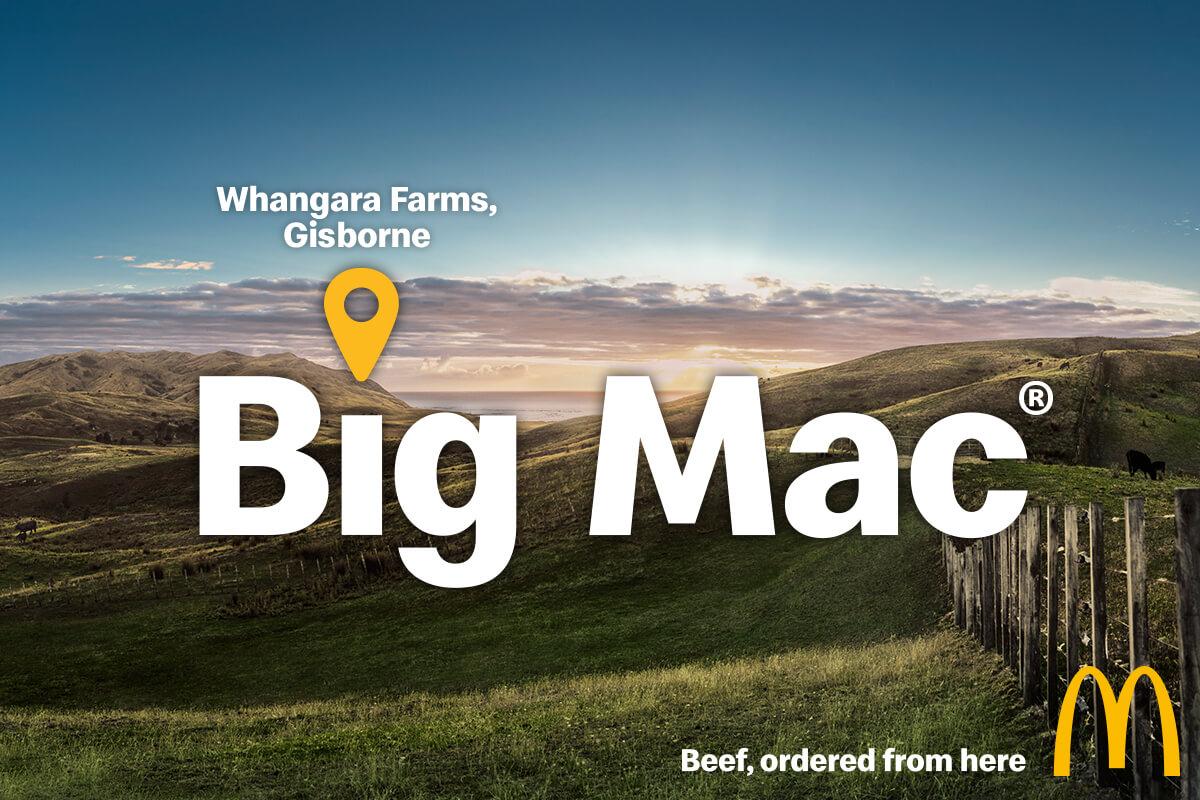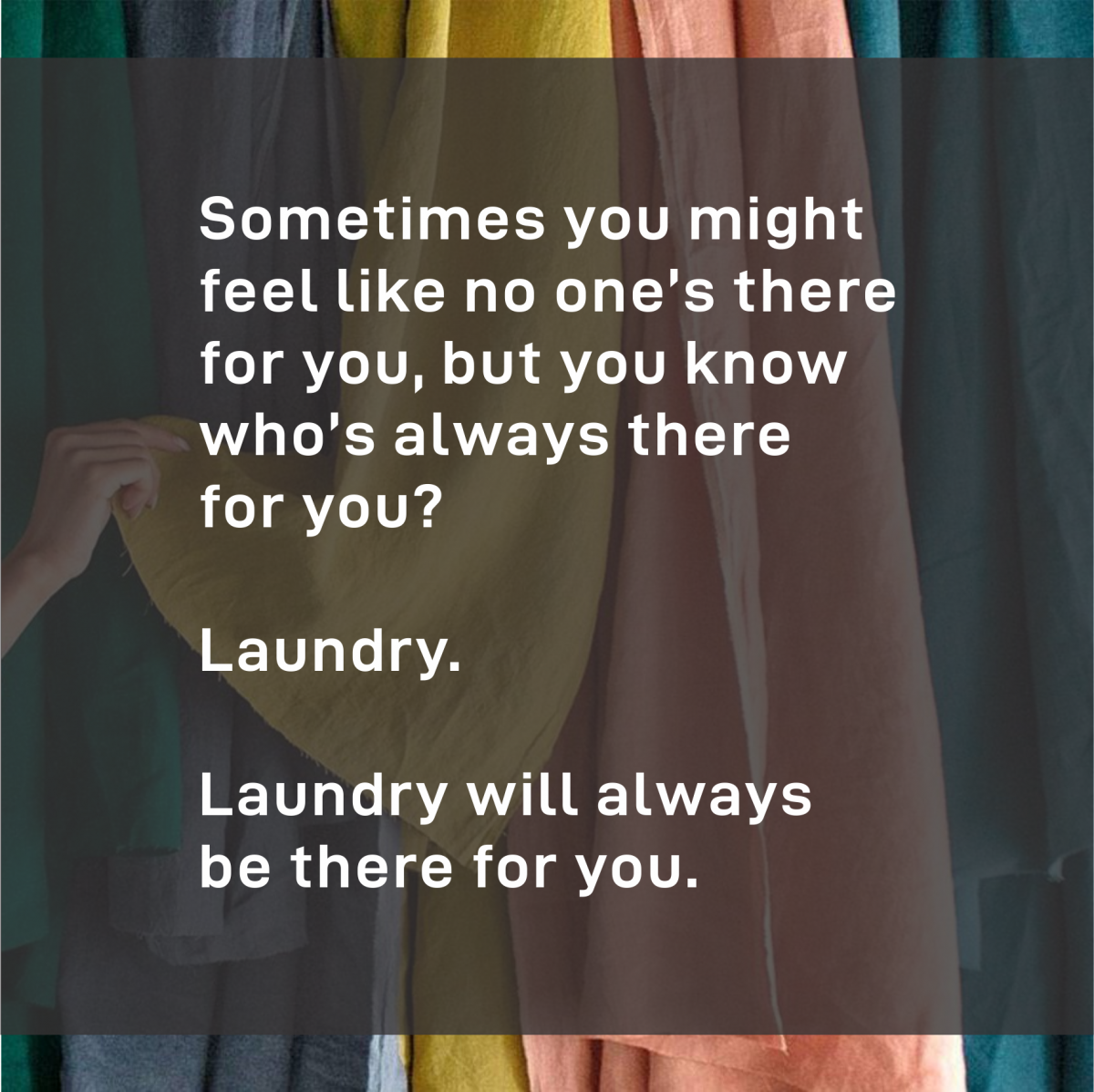
Know what’s happening
Access the private noticeboard for verified neighbours near you. Keep informed about any suspicious activity, send urgent updates to your neighbours when required and discuss emergency planning.
Get to know your neighbours
Browse the directory and start getting to know your neighbours. Don’t want to post to the whole neighbourhood? Send a private message.
Buy, sell and give away
Want to declutter your garage? Buy some used household items? Give away some garden stuff? Become a verified neighbour to browse and post items for sale. Trading is simple when everyone lives nearby.

Discover life at The Bayview
Love stunning views and resort-style living? The Bayview could be your perfect next step.

Thank you for using Neighbourly
You may receive an email confirmation for any offer you selected. The associated companies will contact you directly to activate your requests.
Robert Anderson from
"I HATE having a messy house. Not enough to actually clean it. But enough to give it a really disgusted stare from my seat on the couch."

Robert Anderson from
Fires spread QUCKLY - It takes 3 minutes for a manageable fire to turn into something that is dangerous and fast-moving.
You can help keep fires from spreading quickly by having your curtains and upholsteries treated with a fire-retardant solution. Fire-retarding curtain fabric dramatically … View moreFires spread QUCKLY - It takes 3 minutes for a manageable fire to turn into something that is dangerous and fast-moving.
You can help keep fires from spreading quickly by having your curtains and upholsteries treated with a fire-retardant solution. Fire-retarding curtain fabric dramatically slows the progress of the flame. We spray on a solution that helps prevent the fire from catching onto the curtains and igniting them, allowing the flame to travel upwards quickly.
The 2016 Building regulations now require curtains in ANY public space (such as a restaurant, school, hall) to have fire retardant curtains.
Our solution is quick to apply, odourless, can be applied on site, good for natural and synthetic materials, and we provide a 5 year Certificate of Compliance for AS 1530 Part 2 (the Australian & NZ standard for flame-retardant fabrics for use in curtains and drapes).
Call us on 0800 579 0501 to find out more.

Te Whare Wānanga o Awanuiārangi
Masters Study
Meet Hinerangi Busby who shares her journey with Te Whare Wānanga o Awanuiārangi.
I am a graduate of the marae-centred programme, Te Pouhono, transforming Māori communities, promoting mātauranga-a-hapū, a-iwi. My participation took me to the Bachelor of Mātauranga Māori, … View moreMasters Study
Meet Hinerangi Busby who shares her journey with Te Whare Wānanga o Awanuiārangi.
I am a graduate of the marae-centred programme, Te Pouhono, transforming Māori communities, promoting mātauranga-a-hapū, a-iwi. My participation took me to the Bachelor of Mātauranga Māori, and then postgraduate study.
Awanuiārangi centres you. This is the nurturing space of Māori researchers, with the support of academic and professional staff; this all transpires from an authentic indigenous and traditional Māori environment.
My studies have empowered me to play a more pro-active role in whānau and hapū affairs. Instead of being angry at a past that we cannot change, let’s become part of the solution for positive change.
Find out more

The Team from Neighbours Aotearoa
OPPORTUNITY 🙌🏼 Are you a change-maker in your community and looking to join an awesome social movement?
We might have the perfect role for you!
Neighbours Day Aotearoa (NDA) is looking for a community-minded people to activate the Neighbours Day kaupapa through their existing networks … View moreOPPORTUNITY 🙌🏼 Are you a change-maker in your community and looking to join an awesome social movement?
We might have the perfect role for you!
Neighbours Day Aotearoa (NDA) is looking for a community-minded people to activate the Neighbours Day kaupapa through their existing networks and connections. We are looking for 13 Neighbours Day Aotearoa Connectors to join the team and help us activate NDA across the motu.
What the role could involve?
- Meeting with a community local group and encouraging them to hold an event
- Visiting a local library to drop off posters
- Spreading the Neighbours Day Aotearoa message at your local Marae
- Chatting with people in the street and encouraging them to do something neighbourly
- Stopping by the community garden to let them know about the Neighbours Day theme for 2022
We have a dedicated team that will work alongside you and training is provided. www.neighboursday.org.nz...
39 replies (Members only)
Mei Leng Wong Reporter from NZ Gardener & Get Growing
Hello neighbours and gardeners,
Dr Nick Roskruge, a professor of ethnobotany at Massey University’s School of Agriculture & Environment, explains what the maramataka says about kōanga (spring).
Assisted living makes life easier, with housekeeping taken care of and a chef-prepared meal every day. It’s great for you, and reassuring for your family, because they know you’re being looked after. Best of all, it frees up more time to do the things you love!
Apartments are in the heart of … View moreAssisted living makes life easier, with housekeeping taken care of and a chef-prepared meal every day. It’s great for you, and reassuring for your family, because they know you’re being looked after. Best of all, it frees up more time to do the things you love!
Apartments are in the heart of the village, with easy access to everything the village has to offer.
The feeling of togetherness is the icing on the cake for residents, this is enhanced by a variety of outings, regular transport options and opportunities to join in with activities when you feel like it.
Learn more

Robert Anderson from
When it comes to home interiors and soft furnishings there really is a vast range of curtain and upholstery fabrics to choose from, all with varying attributes for certain applications. To ensure you start your project off with the right foundations, you need to be selecting a fabric that is most … View moreWhen it comes to home interiors and soft furnishings there really is a vast range of curtain and upholstery fabrics to choose from, all with varying attributes for certain applications. To ensure you start your project off with the right foundations, you need to be selecting a fabric that is most suited to its purpose.
There are various textile constructions/qualities that fall within five fabric “types” we describe in an earlier article. In this two-part article we will discuss the most commonly manufactured constructions that you see in the market today.
DAMASK: Damasks are traditional jacquard fabrics, which were originally woven in a single colour, where the design and ground are in contrasting weaves, (generally using warp-faced and weft-faced satin weaves).
CHINTZ: Chintz is a closely woven plain fabric, traditionally cotton, with a shiny and lustrous appearance. The fabric is processed with a glazed or calendared finish to give it a polished look.
FELT: Felt is matted fabric with a predominantly woollen composition. There are two types of felt, woven and un-woven. Felting of woven wool fabric is achieved by interlocking the natural scales on the surface of wool fibres through heat, moisture, steam, pressure and friction.
FIL COUPÉ: A small jacquard pattern on a lightweight fabric, in which the fil/weft threads connecting each pattern/motif are cut and removed from the reverse of the fabric leaving the remaining pattern/motif with frayed edges.
FAUX-LEATHER (VINYL): Polyvinyl chloride (commonly abbreviated as PVC or referred to as vinyl) is the third-most widely produced polymer after polyethylene and polypropylene. It should not be washed with cleaning solvents, but more specifically only a mixture of gentle soap and warm water.
Keep reading: www.curtainclean.co.nz...
Mei Leng Wong Reporter from NZ Gardener & Get Growing
“Our portable bed provides a convenient and cost-effective way to access your own fresh produce within your own home,” says Charla Stretch, the CEO of Vitanic, the Young Enterprise Scheme (YES) company set up by five students from Tokoroa High School.

Another success story!
Our free job matching service helped place Caitlyn in her dream job and gave her employer the apprentice he had been searching for. A win-win!
“Competenz provided the details of the job, and I’m happy Big Ideas took me on, I always wanted to be a signwriter when I … View moreAnother success story!
Our free job matching service helped place Caitlyn in her dream job and gave her employer the apprentice he had been searching for. A win-win!
“Competenz provided the details of the job, and I’m happy Big Ideas took me on, I always wanted to be a signwriter when I left high school but never had the chance. But now I do" says Caitlyn

Hi neighbours!
With daylight savings kicking in, we’ll have more hours in the day to make the most of our time outdoors.
So why not keep learning on the go! When you’re on your daily stroll or jog around the neighbourhood, it’s the perfect time to boost your digital knowledge with our … View moreHi neighbours!
With daylight savings kicking in, we’ll have more hours in the day to make the most of our time outdoors.
So why not keep learning on the go! When you’re on your daily stroll or jog around the neighbourhood, it’s the perfect time to boost your digital knowledge with our brand new app - Digital Boost Live.
Our app has everything you need in the palm of your hand so you can keep learning from anywhere.
You'll remain logged in all the time and have access to exclusive podcasts with business and industry experts only available via our app. Notifications will keep you up to date with new content and competitions as soon as they land.
All our learning videos, downloadable summaries, cases studies, and Q&A sessions will still be there - perfect for small business owners looking for a practical way to keep learning while on the move.
Don't delay, download the app on the Apple App Store or Google Play and start learning today!

For delicious grass-raised beef New Zealand is the perfect combo. An ideal climate, lush pastures and innovative farming produces enough beef for Macca’s in New Zealand and around the world.
Our patties are 100% quality beef, and all that’s added is a dash of salt and pepper when cooked.
Find out more

At Caci we love helping New Zealanders with what we call 'skin confidence'. That’s why were thrilled to be named finalists in the Westpac New Zealand Franchise Awards 2021!
Interested? Now is your chance to join us and become a Caci Whakatane owner. With more than 64% of our clinics … View moreAt Caci we love helping New Zealanders with what we call 'skin confidence'. That’s why were thrilled to be named finalists in the Westpac New Zealand Franchise Awards 2021!
Interested? Now is your chance to join us and become a Caci Whakatane owner. With more than 64% of our clinics achieving sales in excess of $1 million annually—our proven business model and ongoing support package will align you for success.
Find out more

The Team from Neighbourhood Support New Zealand
Make sure to update any manual clocks (don't forget about our older neighbours who might need a helping hand) and have a wonderful spring weekend!

Last year, we were absolutely overwhelmed with the Neighbourly community's response to our Local Likes campaign - so we want you to go in for round two!
This time we've got 50 chances for you to win a $100 voucher to go towards the business you've nominated. Head through and let … View moreLast year, we were absolutely overwhelmed with the Neighbourly community's response to our Local Likes campaign - so we want you to go in for round two!
This time we've got 50 chances for you to win a $100 voucher to go towards the business you've nominated. Head through and let everyone know why your favourite small business is worth supporting.
Nominate Now!

Robert Anderson from
"Sometimes you might feel like no one's there for you, but you know who's always there for you?
Laundry.
Laundry will always be there for you."

 Loading…
Loading…
Are you sure? Deleting this message permanently removes it from the Neighbourly website.
 Loading…
Loading…
© Neighbourly 2025
